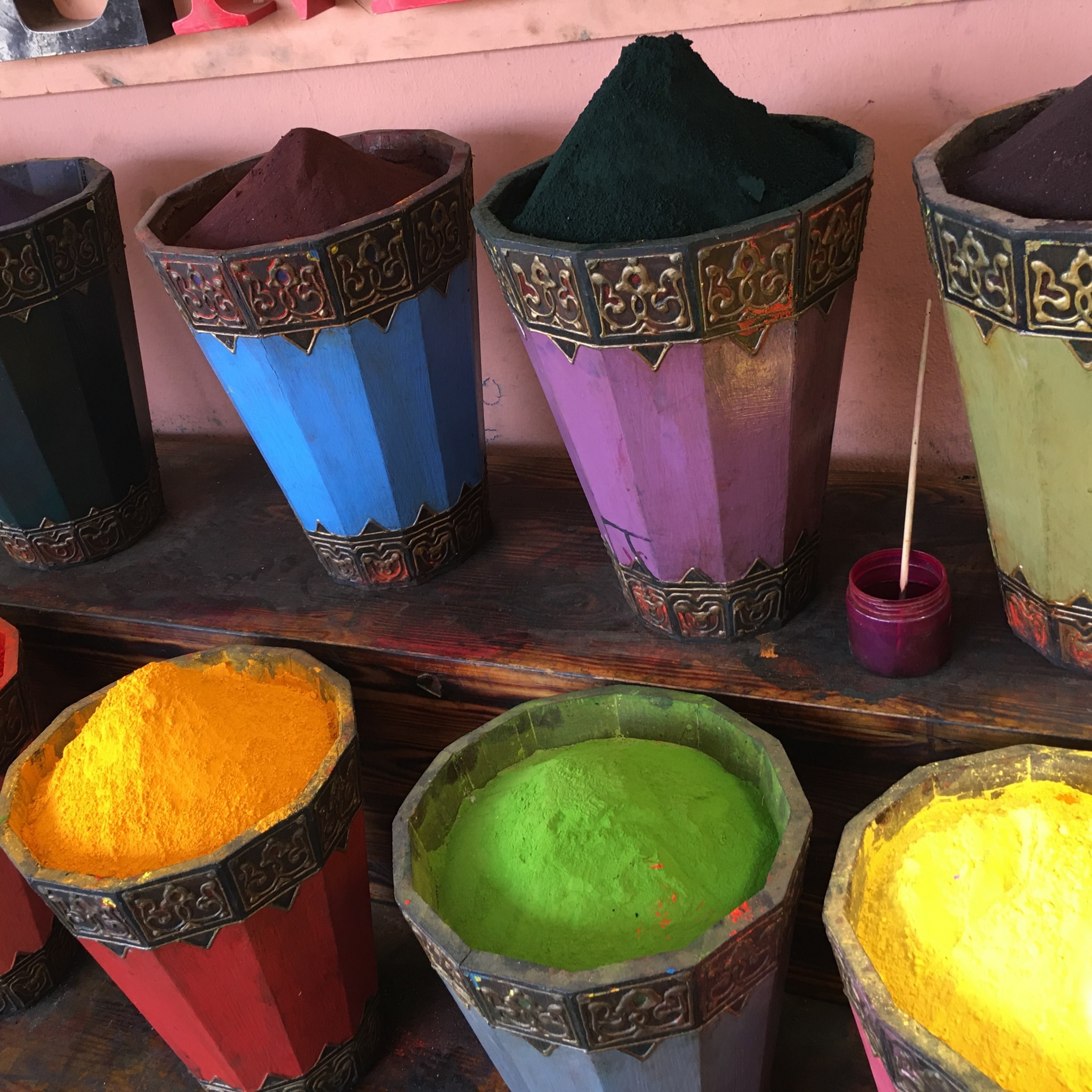
Dyes
Colorants, used to impart vibrant hues to food, cosmetics, and textiles, can be classified as natural or synthetic. Most synthetic food colorants are considered safe when used in accordance with regulations. However, concerns persist regarding certain artificial colorants, including azo dyes, linked to potential allergic reactions. Some synthetic colorants, such as tartrazine (E102) and red allura (E129), are associated with allergic reactions in some individuals, although the majority tolerates them. Some countries have regulated or banned certain controversial colorants. Natural colorants, extracted from plants, are perceived as safer alternatives, although they may also cause reactions in sensitive individuals. Ongoing research evaluates the safety of colorants, develops alternatives, and regulations aim to minimize risks, encouraging responsible use with increasing consumer attention to sourcing and transparency in labeling.
